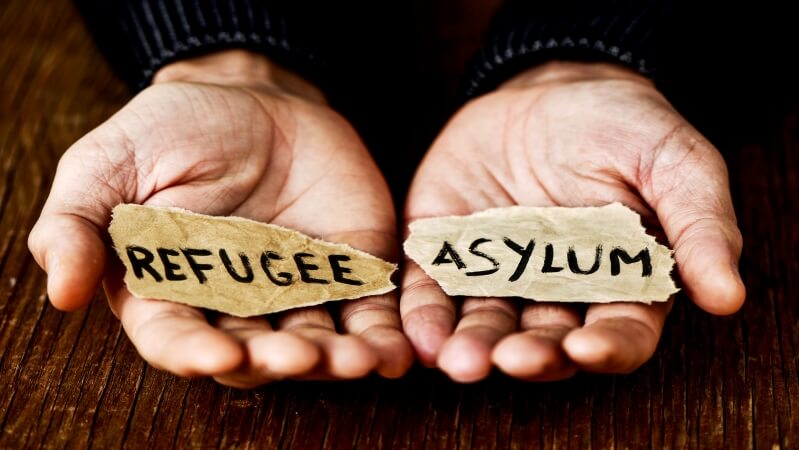Learn About The Available Options For Refugees In The U.S.
It’s human to feel lost and uncertain when you land your feet in a new place and think about it as your potential new home. However, it posts a ray of hope to know that there are available options for refugees in the U.S. to live in dignity and rebuild their lives.
The United Nations High Commissioner for Refugees (UNHCR) is an agency of the United Nations that aims to help refugees to start a new life in peace in a country. Thus, providing these options for refugees in the U.S.

Local Integration
Refugees unable to return home may want to think about local integration. Some refugees from nations embroiled in unrelenting war or turmoil may not have much hope of returning home. Refugees may be unable to willingly return to their native country if they live in constant, unending fear of persecution.
In such cases, a refugee can integrate into the nation where they applied for asylum. Local integration is one of the viable options for refugees in the U.S. who want to start again. The process is gradual and complex, with various legal, social, economic, and cultural issues.
Those who desire to integrate into American society should prepare for the requirements. For instance, community members should be willing to follow its laws and conventions. After receiving a Green Card, the United States has pathways for refugees to obtain citizenship.
Resettlement
Refugees who flee their home country and go to a country that can’t meet their needs can be resettled in a country like the U.S. Resettlement is simply transferring refugees from one asylum country to a country like the U.S that is admitting refugees and giving them permanent residence in the long run.
As a long-term solution to the refugee problem, resettlement is one of the tasks assigned to the UNHCR. The agency ensures that integration and adequate reception benefit the receiving nation and the resettled refugees.
The UNHCR partners with both government and non-governmental organizations to offer services that facilitate integration i.e., cultural orientation, language training, and vocational training. Other services offered include programs meant to give access to training and employment.
U.S. Resettlement Collaborations
Refugees are resettled in the United States in collaboration with U.S. government organizations, the UNHCR, and NGOs, among other parties. Each party performs a specialized task, such as screening refugees to determine which ones need to be relocated the most, processing those refugees, and helping them integrate into American society.
The PRM or the Bureau of Population, Refugees & Migration is tasked with providing help and other long-term solutions for refugees, stateless people, and conflict victims. It is one of the most notable state and federal government partners in refugee resettlement in America. On the other hand, the USCIS is in charge of monitoring legal immigration to the country.
Repatriation
A refugee in the U.S. who has made a decision to go back home can be assisted through a process known as voluntary repatriation. Alongside the refugee’s country of origin, the UNHCR facilitates visits for the refugee to go and see if their home country is habitable. Other facilitations include education, family reunification, and legal aid. The UNHCR has helped millions of refugees who find themselves in the U.S. go back home.
Some refugees want to go back home and voluntary repatriation is a sustainable choice. It is also safe and dignified, requiring the full commitment of home countries to reintegrate their people.
Global bodies like the UNHCR promote enabling conditions globally that make voluntary repatriation possible. For instance, the agency ensures refugees get access to free and accurate information. They also mobilize support for refugees willing to return home. By facilitating visits, collecting updated information on regions and countries, promoting property restitution, and providing return assistance and legal aid to refugees who make the decision to go back home, the UNHCR plays a critical role.
Key Takeaway
There are three options for refugees in the U.S.: Integration, Resettlement, and, Repatriation. But these choices are not something to decide on in the spur of the moment. It is helpful for refugees to consult an immigration attorney to help them understand the pros and cons of these options and how they can suit their circumstances.
The Lincoln-Goldfinch Law – Abogados de Inmigración offers legal assistance through their immigration attorneys who can help you understand the legalities of immigration and asylum.
Contact A U.S. Immigration Attorney Today!
Categories
How To Find Us
What Our Clients Say
“This Lawfirm is great, very professional and helpful. I love that they are always in communication and always available for when you have questions . 100% recommended by me and my family. Thank you Lincoln-Goldfinch Law – Abogados de Inmigración”





